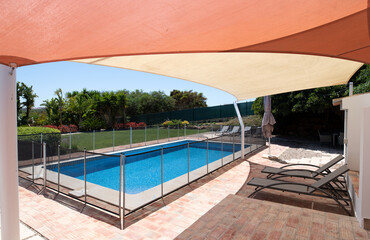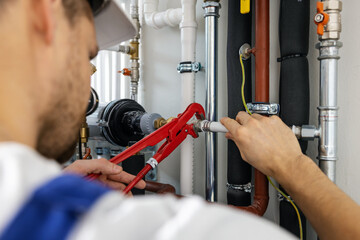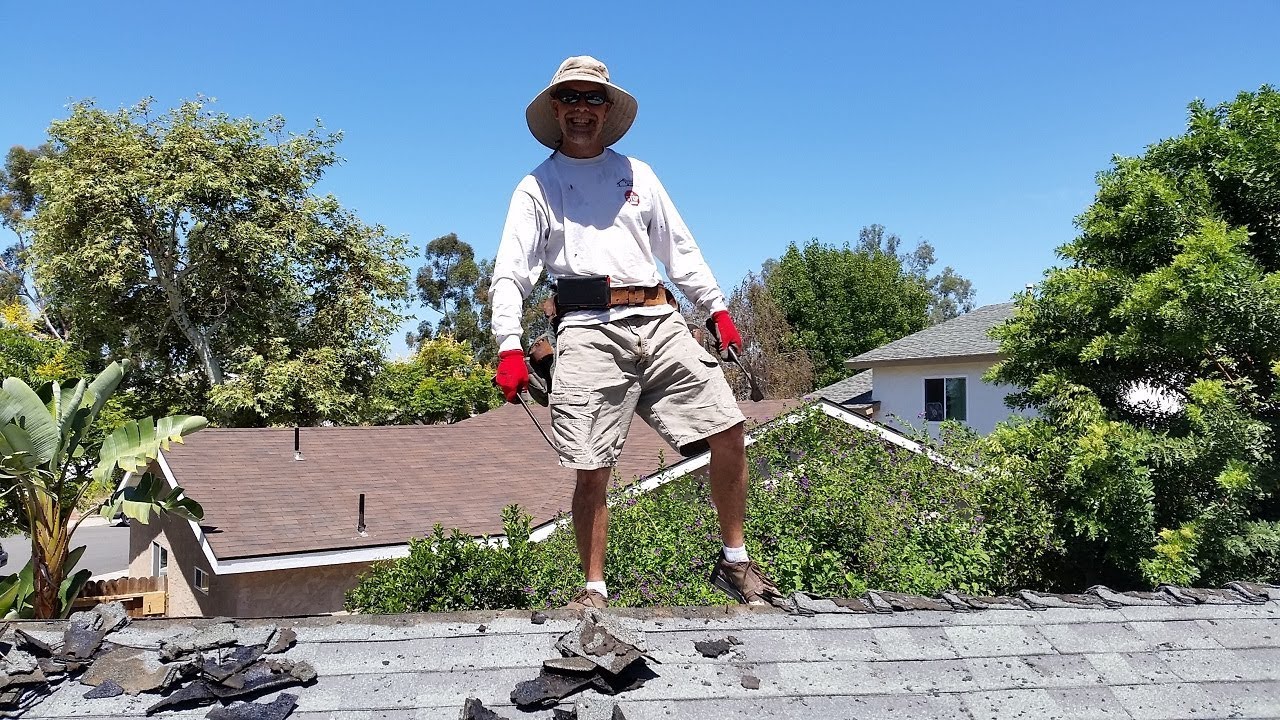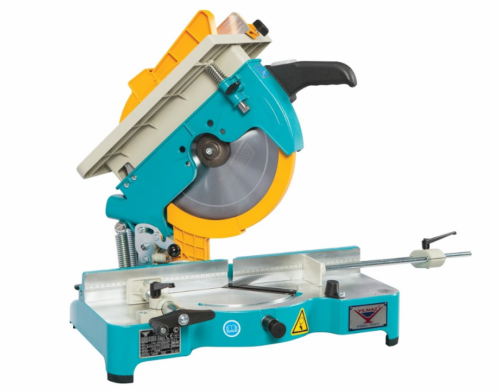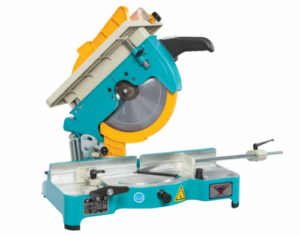A malfunctioning dock can result in poor warehouse efficiency and potentially serious safety risks. Routine inspections can catch problems before they become severe and avoid costly repairs or replacements.

Wood rot and rust are common dock issues but can be fixed with regular maintenance. Check for excessive rotting and rusting, warping and bending, and discoloration of the deck boards.
Whether your dock is constructed of wood or a synthetic material, it has a foundation that holds the entire structure up. This concrete support, often referred to as piling, can become damaged and may require repair or replacement over time. If the pilings are deteriorating, it’s often better to replace the dock as soon as possible because this type of damage can cause the whole platform to fall into the water at the slightest of nudges.
Cracks and warps in the supports are also common boat dock problems that occur due to the constant pressure they endure over time. These can sometimes be repaired if they’re on non-load bearing areas of the dock, but if they’re on load-bearing structures, it’s generally best to replace the dock rather than risk your safety.
Excessive rot or rust are other common issues that can indicate it’s time for a repair or replacement. This is especially true if the problem affects a large area of the deck. Although rot and rust are easy to spot, excessive problems should never be ignored because they can quickly turn into major problems that can threaten your safety.
It’s important to have your dock inspected regularly, at least once a year. A professional inspection will cost around $50 to $100, and during this process, the technician will examine various parts of the dock including the frame, railings, decking, and boat lifts. They’ll also look at the pilings to see if they’re showing any signs of deterioration. In addition, it’s a good idea to have your dock stained or preservated regularly. These products will protect the wood and extend its lifespan. However, it’s important to choose a high-quality product and follow the manufacturer’s instructions when applying it.
Cracks and Warps in the Supports
Depending on the material your dock is made from, strong waves and currents can cause the structure to bend and warp over time. Additionally, collisions between boats and the dock can cause damage to its supports and platforms. When these problems occur, it is a good idea to have a professional come out and take a look as soon as possible. This can help you decide whether or not the structure is repairable.
If the cracks and warps are limited to a small area of the dock, it may be possible to replace individual boards or beams. However, if major load-bearing areas are experiencing significant breakage, then it is likely time to consider replacement of the entire dock in order to ensure its safety and structural integrity.
It’s also important to watch out for rust. If your dock has any metal components in the supports or platform, corrosive salt water can eat away at them over time. Rust spots are usually a sign that it is time to replace the damaged part.
Finally, it is crucial to keep an eye out for rot and decay in any wood parts of your dock. Wood is prone to rotting and other types of damage, especially in damp weather. If you notice any rotting or decay, it is best to call in a professional to inspect the structure. This could save you money in the long run and prevent serious injury to anyone using the dock. In the case of rust, it is typically time to replace the metal parts of your dock, even if they are galvanized and waterproof. This is because rust is dangerous and can lead to the collapse of the whole structure.
Wood Rot
Wood is a natural material that can be damaged by the elements. It comes into constant contact with saltwater, and over time that can lead to rot. If you notice any areas of rotting on your dock, replace them immediately to avoid more expensive repairs in the future. This is particularly important with the wooden platforms and supports, as they can become dangerous for anyone who uses them.
It is also worth paying attention to rust stains on your dock. This is a common problem that can occur anywhere there is water and metal, and it is easy to fix with the right materials. You can use home remedies such as white vinegar and dish soap, or you can purchase commercial rust removal products.
Lastly, you should keep an eye out for cracks in your dock. These can be caused by any number of factors, and they can be extremely costly if left unattended. The best way to deal with this issue is to make sure that you have a professional come in and inspect the dock regularly.
A professional inspection typically costs $50 to $100 and involves a specialist looking at various parts of the dock, including the pilings, railings, decks, frames, and boat lifts. If the specialist spots any issues, they will provide a detailed report of their findings and recommend any necessary repairs. The cost of a professional inspection is well worth it when you consider the potential savings in costly repairs down the road. You should also perform a few minor repairs on your dock at least once every year, such as patching cracks, cleaning stains, and checking for warped planks or broken handrails.
Warped Deck Boards
Over time, wood boards can warp and sag due to constant exposure to water and sun. When a warped board isn’t affecting structural integrity, it can be fixed simply by using a clamp to straighten it. If the board has been bowed, however, or the cupping is getting worse, it may be necessary to replace it.
If you’re not seeing any obvious damage to your dock, it’s still important to inspect it regularly. This will allow you to spot problems like termite damage, carpenter ants, or woodpecker damage before they cause serious damage. Inspecting your dock can also help you spot rust spots before they get out of control. Rust can lead to corrosion and rotting, and it’s best to deal with rust and corroded metal as soon as possible to avoid costly repairs.
In addition to noticing any signs of structural damage, you should also look for any unusual rattling or creaking sounds when docking boats or walking on the deck. These noises could indicate loose screws or rotted boards that are rubbing against each other or catching on something else. If you hear a lot of noises, it’s a good idea to have your dock checked out by a professional to see if anything is wrong.
Many docks are built with modular sections to make it easier for boaters to moor, disembark, and park their vessels. If one of these sections becomes sagging or wobbly, it can affect the stability of the entire dock. It’s important to repair these modules right away to avoid safety hazards and prevent the problem from spreading to other sections of the dock. In some cases, it might be necessary to replace the entire section of the dock to ensure structural integrity.
Rust
Because docks are constantly in contact with water, it is natural that they will experience some rust issues. This is especially true of metal docks. The best way to prevent rust from damaging your dock is to regularly inspect it and clean any areas that are affected by rust. This can be done with home remedies, such as white vinegar or dish soap. However, if the rust is severe or has spread across large areas of your dock, then it may be time to consider replacing it altogether.
Wood rot is another common issue that boat docks face. This is because the wood can degrade over time, leading to a fungal growth that can cause it to crumble and decay. This is typically caused by the water, but it can also be due to chemicals or even just the sun’s rays. In any case, it is important to replace the rotting wood right away. Otherwise, the fungus can spread and damage other parts of your dock.
Dock maintenance involves a lot of different things, depending on the type and size of dock that you have. This includes cleaning, sanding, staining, and covering it in the winter to protect it from snow and ice. It can also include inspections of the decking, railings, frame, pilings, and boat lifts. This is a good way to catch minor issues before they become larger problems that require costly repairs.
Homeowners usually pay between $50 and $100 to have a professional inspector visit their dock to check for issues. They look at the foundation, pilings, railings, boat lifts, and decking for cracks, warps, rot, and other problems. This helps to extend the life of your dock and reduce associated costs over time.


